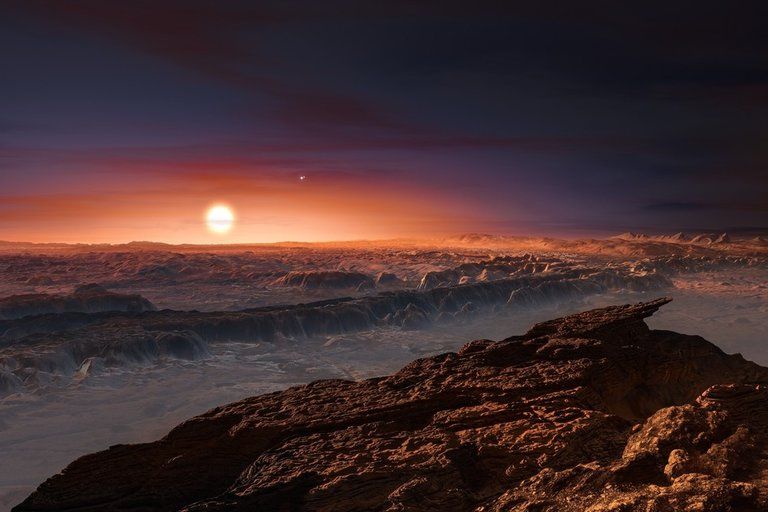
Alien Life Could Be Evolving on Four Nearby Exoplanets Right Now
April 12, 2019 (rt.com)
• In a study published in the Monthly Notices of the Royal Astronomical Society, Cornell University scientists have found that life here on Earth evolved from creatures that endured even greater UV radiation exposure than some of the closest exoplanets outside our solar system. By modelling the surface UV environments of our four closest potentially habitable exoplanetary neighbors, the authors found that these exoplanets’ radiation exposure was significantly lower than what Earth received 3.9 billion years ago.
• They conclude that ultraviolet radiation should not be considered a limiting factor in the search for planets that can host life. The four planets studied were: Proxima-b; TRAPPIST-1e; Ross-128b; and LHS-1140b. The researchers also found that rocky outliers in the habitable zone of neighboring red dwarf stars could host life despite the planets’ high levels of radiation exposure.
Scientists studying the habitability of Earth-like worlds have discovered that the conditions for alien life exist on some of the nearest planets to our solar system.
The researchers found that rocky outliers in the habitable zone of neighboring red dwarf stars could host life despite the planets’ high levels of radiation exposure.
In a study published in the Monthly Notices of the Royal Astronomical Society, Cornell University scientists found that life here on Earth evolved from creatures that endured even greater UV radiation exposure than nearly a handful of the closest exoplanets, i.e. planets outside our solar system.
By modelling the surface UV environments of our four closest potentially habitable exoplanetary neighbors, the authors found that these exoplanets’ radiation exposure was significantly lower than what Earth received 3.9 billion years ago.
They concluded that ultraviolet radiation should not be considered a limiting factor in the search for planets that can host life. “Our closest neighboring worlds remain intriguing targets for the search for life beyond our solar system,” the researchers wrote in their paper.
FAIR USE NOTICE: This page contains copyrighted material the use of which has not been specifically authorized by the copyright owner. ExoNews.org distributes this material for the purpose of news reporting, educational research, comment and criticism, constituting Fair Use under 17 U.S.C § 107. Please contact the Editor at ExoNews with any copyright issue.
Cornell University, LHS-1140b, Monthly Notices of the Royal Astronomical Society, Proxima-b, red dwarf stars, Ross 128b, TRAPPIST-1e